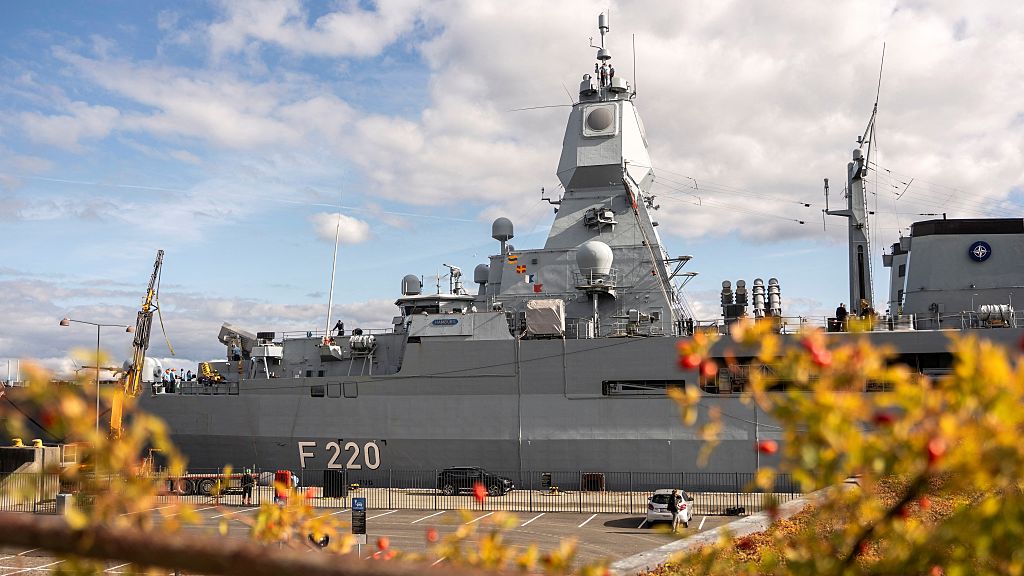Denmark denounced Russian aggression, and NATO allies quickly responded after repeated unmanned aerial systems (UAS) incursions into Danish territory closed the country’s airports and disrupted commercial activity in September 2025. The drone activity drew sharp condemnation from NATO leaders as the incidents occurred soon after Denmark announced it was making a large purchase of long-range precision weapons.
Denmark’s government leaders, although lacking definitive proof, said they strongly believe Russia is behind the “hybrid attacks,” a pattern that has been repeated in other Nordic and Baltic countries since Russia’s 2022 invasion of Ukraine and the resulting sanctions and international isolation experienced by Moscow. NATO responded to the latest provocation by increasing air defense assets available to Denmark and bolstering an ongoing NATO maritime mission in the Baltic Sea.
Two or three drones shut down Copenhagen Airport for several hours on September 22 in what Prime Minister Mette Fredericksen called “the most serious attack on Danish critical infrastructure to date,” according to The Associated Press (AP). Danish leaders joined several other European nations to request the European Union formulate a plan to counter drone activity, a “drone wall.”
NATO announced September 27 that it was increasing assets in the Baltic Sea as part of its ongoing Baltic Sentry operation, launched this year to counter a string of sabotage incidents involving undersea cables. Many of those cable cuttings have been linked to Moscow by European intelligence services. The next day, September 28, Danish military officials reported drones over military sites, prompting the Danes to order “several capacities deployed,” according to a government statement reported by the AP.
All civilian drone activity was banned during the week of September 29 when Denmark hosted a European Union summit in Copenhagen to lower the risk of confusion, the country’s transportation ministry announced. “We cannot accept that foreign drones create uncertainty and disturbances in society, as we have experienced recently,” Danish Transportation Minister Thomas Danielsen said in a statement. Danish military, law enforcement and other first responder drones were exempted from the ban.
Meanwhile, the FGS Hamburg, a German air defense frigate, arrived in Copenhagen to provide additional security in advance of the summit. Germany also provided counter-small unmanned aircraft systems capabilities (C-sUAS) to help defend against drone attacks. Sweden provided Denmark with “military anti-drone capability,” according to the AP. France, the Netherlands and the United Kingdom also sent military assistance, the wire service reported.
The UAS incidents started just days after Denmark announced it would buy long-range precision weapons capable of hitting targets in enemy territory, tying that decision directly to Moscow’s aggression in Ukraine and elsewhere since 2022. “There is no doubt that Russia will be a threat to Europe and Denmark for years to come,” Frederiksen told reporters on September 17. Vowing a “paradigm shift in Danish defense policy, Frederiksen made the stakes clear: “We are not the ones attacking,” she said. “Russia is.”
Denmark has been increasing defense spending since 2023, committing this year to a $5.1 billion increase that came on the heels of last year’s boost to a 10-year government plan inked in 2023 to spend $22.5 billion.
At the October 1 summit in Copenhagen, Frederiksen reiterated that Russia is the only likely suspect behind the hybrid attacks. “I hope that everybody recognizes now that there is a hybrid war and one day it’s Poland, the other day it’s Denmark, and next week it will probably be somewhere else that we see sabotage or we see drones flying,” Frederiksen said, according to the AP.

